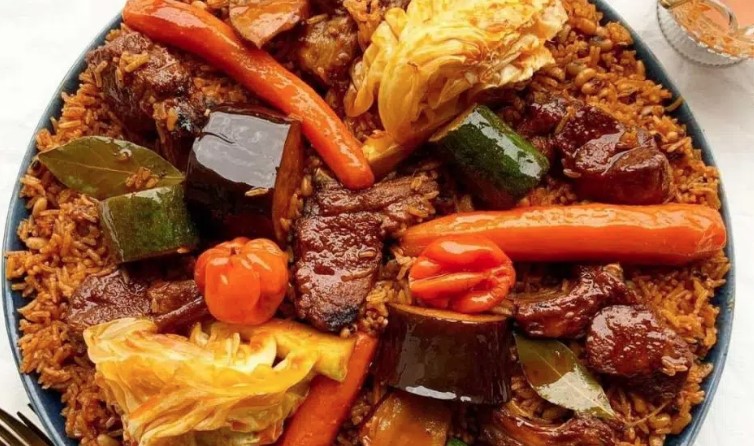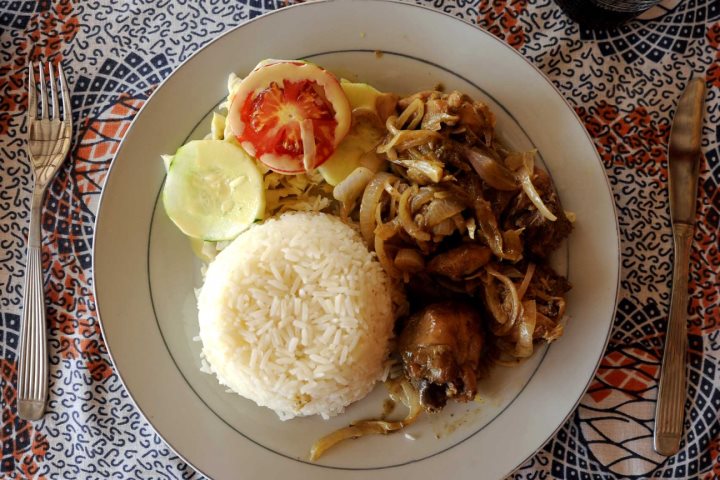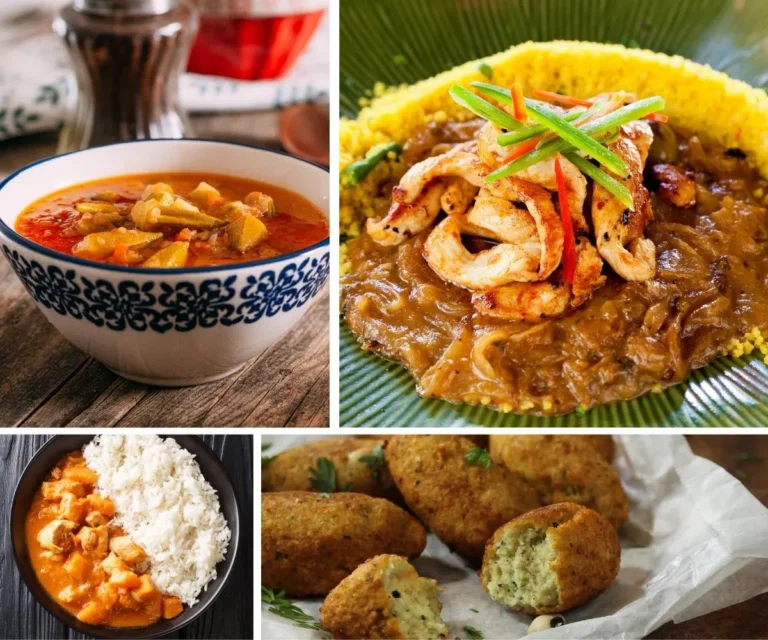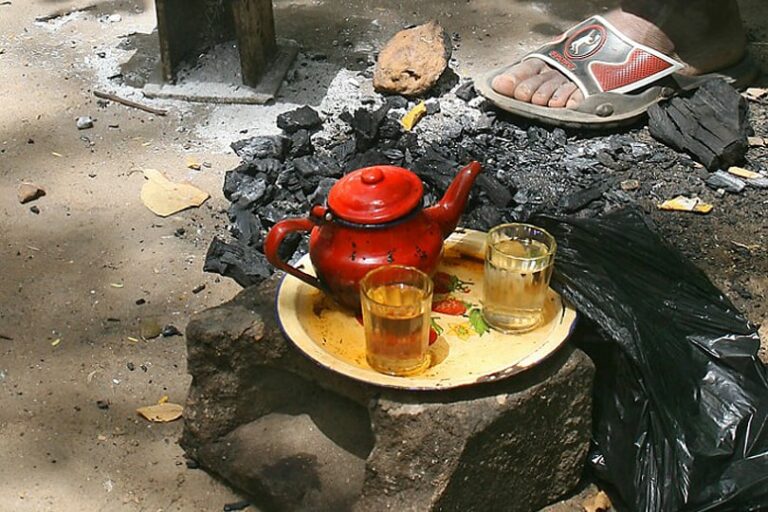Introduction to Gambian cuisine
Gambia is a country in West Africa that boasts a rich and diverse culinary tradition. Gambian cuisine is characterized by the use of spices, herbs, and flavorful ingredients that give its dishes a unique and distinct taste. The country has a long history of trade and commerce with other African countries, as well as with Europeans, which has influenced its culinary traditions. Gambian cuisine is known for its delicious stews, curries, and grilled meats, as well as for its variety of vegetarian options.
Staple foods in Gambian cuisine
The staple foods in Gambian cuisine include rice, millet, couscous, and yams. Rice is a major component of most Gambian meals and is usually served with a variety of stews and sauces. Millet and couscous are also commonly used in Gambian cuisine, and are often served as porridge or in salads. Yams are a popular root vegetable that is used in stews and soups, as well as being roasted or mashed and served as a side dish.
Spices and herbs used in Gambian cuisine
Spices and herbs play a key role in Gambian cuisine, and are used to add flavor and depth to dishes. Commonly used spices include cumin, coriander, ginger, chili, and paprika. Herbs such as parsley, mint, and thyme are also used to add freshness and aroma. Gambian cuisine also makes use of a spice blend known as Domoda, which is made from peanuts, tomato paste, and spices. It is used to flavor stews and curries, and is a signature ingredient in Gambian cuisine.
Popular dishes in Gambian cuisine
There are several popular dishes in Gambian cuisine that are enjoyed by locals and visitors alike. Benachin, also known as Jollof rice, is a flavorful dish that features rice cooked in a tomato and onion sauce, with spices and meats or vegetables. Yassa is another popular dish that is made with chicken or fish, marinated in a mixture of lemon juice, onion, and spices, and then grilled or fried. Mbahal is a traditional Gambian soup made with okra, fish, and palm oil, and is often served with rice or couscous.
Influences on Gambian cuisine
Gambian cuisine has been influenced by a variety of cultures, including West African, European, and Arab. The country has a history of trade and commerce with other African countries, which has brought various ingredients and cooking techniques to Gambia. The Portuguese, British, and French have also had an impact on Gambian cuisine, introducing new ingredients and cooking methods. Arab traders brought spices such as cinnamon and nutmeg, which are now commonly used in Gambian cuisine.
Contemporary Gambian cuisine and fusion dishes
Contemporary Gambian cuisine has seen a rise in fusion dishes, blending traditional Gambian ingredients with influences from other cuisines. This has resulted in dishes such as Gambian-style pizza, which features a tomato and onion sauce, with beef or chicken and traditional spices, on a crispy crust. Another popular fusion dish is Gambian-style sushi, which features sushi rolls filled with fish or chicken that has been marinated in traditional Gambian spices. These contemporary dishes showcase the versatility and creativity of Gambian cuisine, while still retaining its traditional flavors and ingredients.




